Philosophy
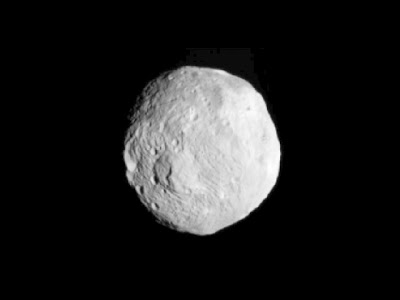 Image taken from a distance of about 26,000 miles (41,000 kilometers).
Image taken from a distance of about 26,000 miles (41,000 kilometers).
More science here that ISS and shuttles.
On July 15, NASA's Dawn spacecraft will begin a prolonged encounter with the asteroid Vesta, making the mission the first to enter orbit around a main-belt asteroid.
The main asteroid belt lies between the orbits of Mars and Jupiter. Dawn will study Vesta for one year, and observations will help scientists understand the earliest chapter of our solar system's history.
Engineers expect the spacecraft to be captured into orbit at approximately 10 p.m. PDT Friday, July 15 (1 a.m. EDT Saturday, July 16). They expect to hear from the spacecraft and confirm that it performed as planned during a scheduled communications pass that starts at approximately 11:30 p.m. PDT on Saturday, July 16 (2:30 a.m. EDT Sunday, July 17).
When Vesta captures Dawn into its orbit, engineers estimate there will be approximately 9,900 miles (16,000 kilometers) between them. At that point, the spacecraft and asteroid will be approximately 117 million miles (188 million kilometers) from Earth.
"It has taken nearly four years to get to this point," said Robert Mase, Dawn project manager at NASA's Jet Propulsion Laboratory in Pasadena, Calif. "Our latest tests and check-outs show that Dawn is right on target and performing normally."
Engineers have been subtly shaping Dawn's trajectory for years to match Vesta's orbit around the sun. Unlike other missions, where dramatic propulsive burns put spacecraft into orbit around a planet, Dawn will ease up next to Vesta. Then the asteroid's gravity will capture the spacecraft into orbit. However, until Dawn nears Vesta and makes accurate measurements, the asteroid's mass and gravity will only be estimates. So the Dawn team will need a few days to refine the exact moment of orbit capture.
Launched in September 2007, Dawn will depart for its second destination, the dwarf planet Ceres, in July 2012. The spacecraft will be the first to orbit two solar system destinations beyond Earth.
Dawn's mission to Vesta and Ceres is managed by JPL for NASA's Science Mission Directorate in Washington. Dawn is a project of the directorate's Discovery Program, which is managed by NASA's Marshall Space Flight Center in Huntsville, Ala. UCLA is responsible for overall Dawn mission science. Orbital Sciences Corp. of Dulles, Va., designed and built the spacecraft.
The German Aerospace Center, the Max Planck Institute for Solar System Research, the Italian Space Agency and the Italian National Astrophysical Institute are part of the mission team.
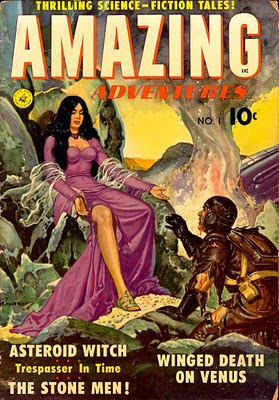

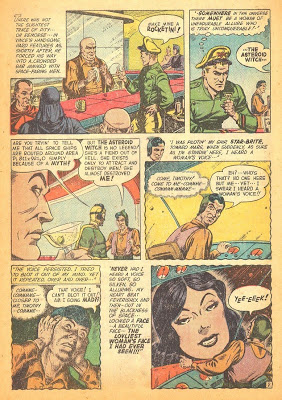
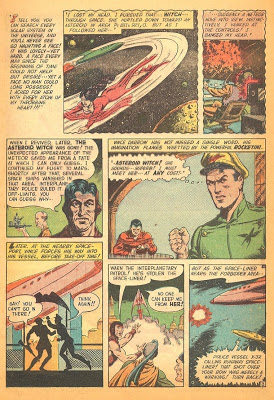
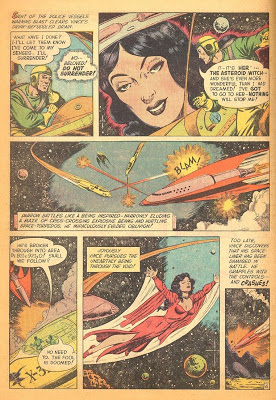

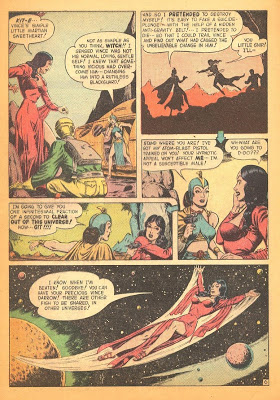
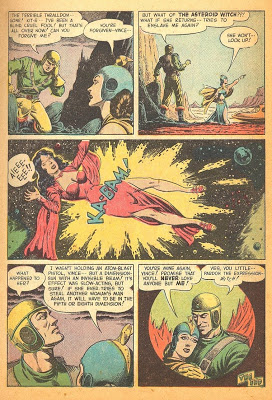
- A Lunar Satellite?
This is ridiculous. Would the asteroid have any effect on Earth's tides? "NASA mulls plan to drag asteroid into moon's orbit" by Jeff Hecht January 2nd, 2013 New Scientist Who says NASA has lost interest in the moon? Along with rumours of...
- The Iau Will Have A Problem Now...asteroid Or Dwarf Planet--vesta
Like Earth and other terrestrial planets, Vesta has ancient basaltic lava flows on the surface and a large iron core. It also has tectonic features, troughs, ridges, cliffs, hills and a giant mountain. False colors in this montage represent different...
- Vesta's Huge Mountain
"New images of protoplanet Vesta reveal mountain bigger than Everest" Planetary scientists are getting an initial look at the protoplanet Vesta via NASA's Dawn mission, revealing a surprising range of features – including long parallel troughs...
- Dawn Snaps Vesta's "snowman"
Using its framing camera, Dawn obtained this image of Vesta on July 24, 2011, from a distance of about 3,200 miles (5,200 kilometers). The three vertically-aligned craters on the left have been nicknamed "the snowman" by camera team members. "Dawn's...
- Another Dawn Snap Of Vesta
NASA's Dawn spacecraft obtained this image with its framing camera on July 18, 2011. It was taken from a distance of about 6,500 miles (10,500 kilometers) away from the protoplanet Vesta. The smallest detail visible is about 1.2 miles (2.0 km). "Image:...
Philosophy
Asteroid Vesta today
 Image taken from a distance of about 26,000 miles (41,000 kilometers).
Image taken from a distance of about 26,000 miles (41,000 kilometers). More science here that ISS and shuttles.
"NASA Spacecraft to Enter Asteroid's Orbit on July 15"
Julj 15th, 2011
NASA
Julj 15th, 2011
NASA
On July 15, NASA's Dawn spacecraft will begin a prolonged encounter with the asteroid Vesta, making the mission the first to enter orbit around a main-belt asteroid.
The main asteroid belt lies between the orbits of Mars and Jupiter. Dawn will study Vesta for one year, and observations will help scientists understand the earliest chapter of our solar system's history.
Engineers expect the spacecraft to be captured into orbit at approximately 10 p.m. PDT Friday, July 15 (1 a.m. EDT Saturday, July 16). They expect to hear from the spacecraft and confirm that it performed as planned during a scheduled communications pass that starts at approximately 11:30 p.m. PDT on Saturday, July 16 (2:30 a.m. EDT Sunday, July 17).
When Vesta captures Dawn into its orbit, engineers estimate there will be approximately 9,900 miles (16,000 kilometers) between them. At that point, the spacecraft and asteroid will be approximately 117 million miles (188 million kilometers) from Earth.
"It has taken nearly four years to get to this point," said Robert Mase, Dawn project manager at NASA's Jet Propulsion Laboratory in Pasadena, Calif. "Our latest tests and check-outs show that Dawn is right on target and performing normally."
Engineers have been subtly shaping Dawn's trajectory for years to match Vesta's orbit around the sun. Unlike other missions, where dramatic propulsive burns put spacecraft into orbit around a planet, Dawn will ease up next to Vesta. Then the asteroid's gravity will capture the spacecraft into orbit. However, until Dawn nears Vesta and makes accurate measurements, the asteroid's mass and gravity will only be estimates. So the Dawn team will need a few days to refine the exact moment of orbit capture.
Launched in September 2007, Dawn will depart for its second destination, the dwarf planet Ceres, in July 2012. The spacecraft will be the first to orbit two solar system destinations beyond Earth.
Dawn's mission to Vesta and Ceres is managed by JPL for NASA's Science Mission Directorate in Washington. Dawn is a project of the directorate's Discovery Program, which is managed by NASA's Marshall Space Flight Center in Huntsville, Ala. UCLA is responsible for overall Dawn mission science. Orbital Sciences Corp. of Dulles, Va., designed and built the spacecraft.
The German Aerospace Center, the Max Planck Institute for Solar System Research, the Italian Space Agency and the Italian National Astrophysical Institute are part of the mission team.








Asteroids in fiction [Wikipedia]
- A Lunar Satellite?
This is ridiculous. Would the asteroid have any effect on Earth's tides? "NASA mulls plan to drag asteroid into moon's orbit" by Jeff Hecht January 2nd, 2013 New Scientist Who says NASA has lost interest in the moon? Along with rumours of...
- The Iau Will Have A Problem Now...asteroid Or Dwarf Planet--vesta
Like Earth and other terrestrial planets, Vesta has ancient basaltic lava flows on the surface and a large iron core. It also has tectonic features, troughs, ridges, cliffs, hills and a giant mountain. False colors in this montage represent different...
- Vesta's Huge Mountain
"New images of protoplanet Vesta reveal mountain bigger than Everest" Planetary scientists are getting an initial look at the protoplanet Vesta via NASA's Dawn mission, revealing a surprising range of features – including long parallel troughs...
- Dawn Snaps Vesta's "snowman"
Using its framing camera, Dawn obtained this image of Vesta on July 24, 2011, from a distance of about 3,200 miles (5,200 kilometers). The three vertically-aligned craters on the left have been nicknamed "the snowman" by camera team members. "Dawn's...
- Another Dawn Snap Of Vesta
NASA's Dawn spacecraft obtained this image with its framing camera on July 18, 2011. It was taken from a distance of about 6,500 miles (10,500 kilometers) away from the protoplanet Vesta. The smallest detail visible is about 1.2 miles (2.0 km). "Image:...
